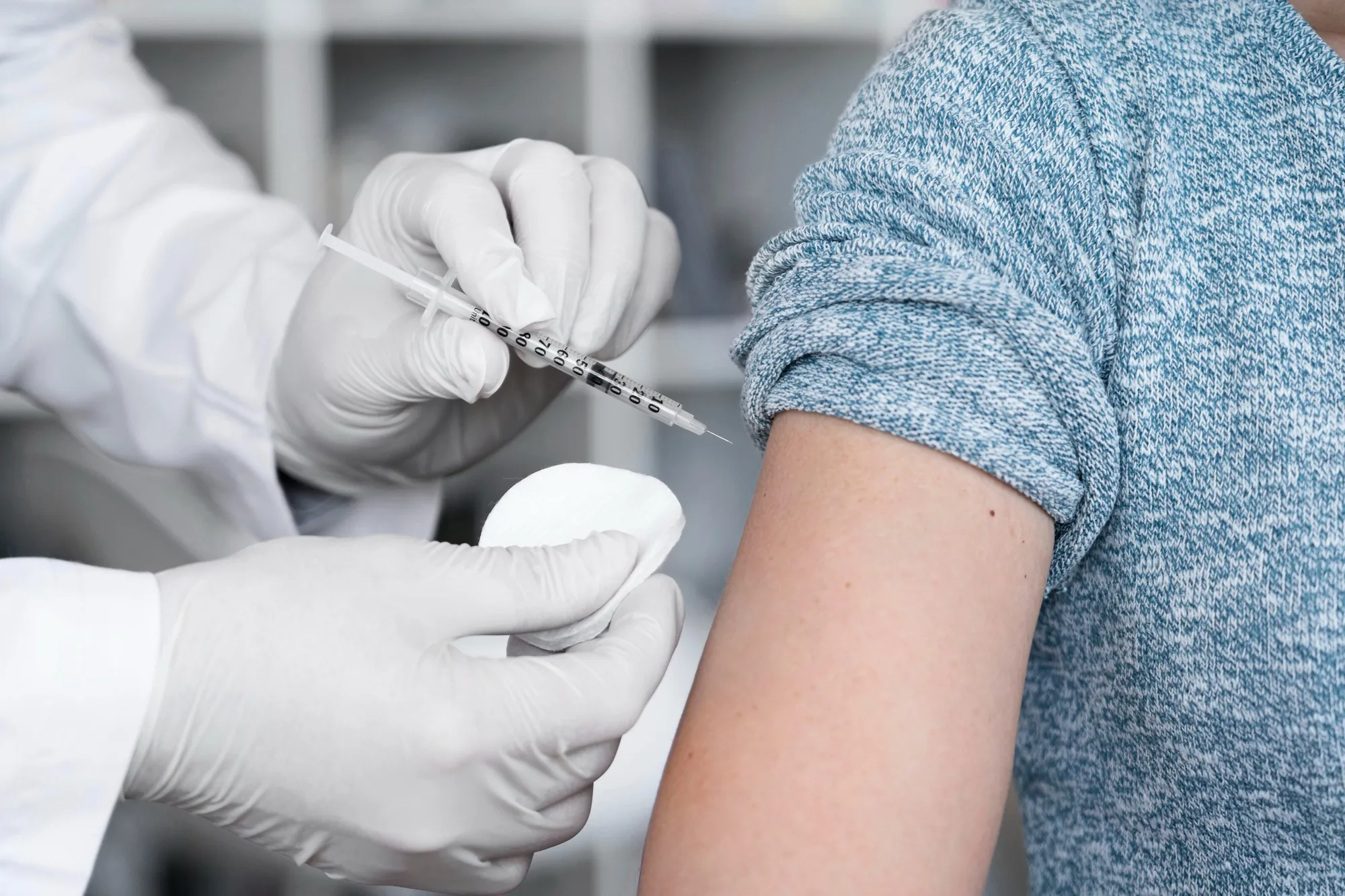In a groundbreaking study published in the journal “Parasites & Vectors,” researchers have bridged an important gap in the assessment of malaria transmission-blocking vaccines (TBVs). Strong concordance was observed between inhibition in oocyst and sporozoite intensities in a Standard Membrane-feeding Assay (SMFA), marking a significant step forward in the battle against malaria. This discovery suggests that the inhibition of oocyst intensity – an earlier stage in the malaria parasite’s lifecycle – can serve as an accurate proxy for the effectiveness of TBVs in preventing the transmission of the disease.
Discovery Pointing Towards Effective Vaccine Development
The research, led by Kazutoyo Miura from the National Institute of Allergy and Infectious Diseases, analyzed inhibition levels at two different stages of the Plasmodium falciparum lifecycle – a malaria-causing parasite. The researchers found that the percent inhibition in sporozoite number, which directly correlates with malaria transmission from mosquitoes to humans, could be estimated from the oocyst intensity inhibition percentages derived from the SMFA.
What is an Oocyst and a Sporozoite?
After a mosquito ingests malaria-infected blood, the parasites undergo development within the insect’s body. They mature from oocysts to sporozoites, the latter of which migrate to the mosquito’s salivary glands, ready to be transmitted to a human host.
Implications for Malaria Control
The results from the SMFA suggested that transmission-blocking activity, as determined by sporozoite count inhibition, was proportional to the degree of control over oocyst intensities. This aligned with previous evidence that mitigating oocyst intensities can have a downstream effect on the number of sporozoites, thus impacting transmissibility.
About the Research
Miura’s team carried out 15 independent assays using Anopheles stephensi mosquitoes. The NF54 strain of Plasmodium falciparum gametocytes, the sexual stage of the parasite that enables transmission between humans and mosquitoes, was used. Anti-Pfs25 and anti-Pfs48/45 transmission-blocking (TB) antibodies were introduced to assess their efficacy.
Strong Agreement Between Oocyst and Sporozoite Inhibition
Looking at the intensity of oocysts 8 days after feeding and dissecting remaining mosquitoes for sporozoite counts on day 16, the research team applied a zero-inflated negative binomial model to articulate the sporozoite data. This then showed a linear regression between both stages, with strong agreement accentuated by a Bland-Altman analysis.
Statistical Backing for TBV Effectiveness
Using the Log Mean Ratio for inhibition levels, a revealing pattern emerged – a slope estimate close to 1 indicated that the inhibition levels in oocyst could predictably mimic the inhibition in sporozoite quantities. Understandably, these findings have critical implications for predicting TBV efficacy through simplified assays.
Limitations and Further Research
The study acknowledges that there is still a need to assess the relationship in varied settings and using different strains of the parasites and mosquitoes. However, the revelation bolsters the developmental prospects of TBVs in terms of design and qualitative assessments.
Global Relevance and Impact
Malaria remains one of the deadliest diseases globally. According to the WHO, despite significant advancements, there were still an estimated 229 million cases of malaria worldwide in 2019. This study paves the way for improvement in prevention measures.
Additional Research for Comprehensive Results
Additional literature supporting this study, such as Miura and colleagues’ previous work on the standard membrane-feeding assay, places this discovery in a broader context of established research. Other researchers in the field, like Stone et al., Sinden RE, and Churcher TS, have contributed commendably to the understanding of the malaria lifecycle and its implications for control and prevention.
Keywords
1. Malaria Transmission-blocking Vaccine
2. Standard Membrane-feeding Assay
3. Oocyst and Sporozoite Intensities
4. Plasmodium Falciparum Inhibition
5. Malaria Vaccine Development
References
1. Miura, K., Swihart, B. J., Deng, B., Zhou, L., Pham, T. P., Diouf, A., … & Long, C. A. (2019). Strong concordance between percent inhibition in oocyst and sporozoite intensities in a Plasmodium falciparum standard membrane-feeding assay. Parasites & Vectors, 12(1), 206. DOI: 10.1186/s13071-019-3470-3
2. Sinden, R. E., Blagborough, A. M., Churcher, T., Ramakrishnan, C., Biswas, S., Delves, M. J. (2012). The design and interpretation of laboratory assays measuring mosquito transmission of Plasmodium. Trends in Parasitology, 28(9), 457-465. DOI: 10.1016/j.pt.2012.07.005
3. Stone, W. J., Eldering, M., van Gemert, G. J., Lanke, K. H., Grignard, L., van de Vegte-Bolmer, M. G., … & Sauerwein, R. W. (2013). The relevance and applicability of oocyst prevalence as a read-out for mosquito feeding assays. Scientific Reports, 3, 3418. DOI: 10.1038/srep03418
4. Churcher, T. S., Sinden, R. E., Edwards, N. J., Poulton, I. D., Rampling, T. W., Brock, P. M., … & Blagborough, A. M. (2017). Probability of transmission of malaria from mosquito to human is regulated by mosquito parasite density in naive and vaccinated hosts. PLoS Pathogens, 13(1), e1006108. DOI: 10.1371/journal.ppat.1006108
5. Miura, K., Deng, B., Tullo, G., Diouf, A., Moretz, S. E., Locke, E., … & Fay, M. P. (2013). Qualification of standard membrane-feeding assay with Plasmodium falciparum malaria and potential improvements for future assays. PLoS ONE, 8(3), e57909. DOI: 10.1371/journal.pone.0057909
